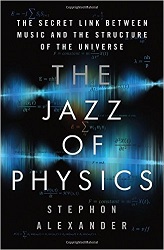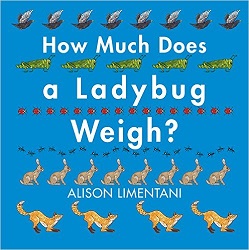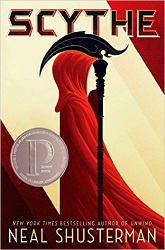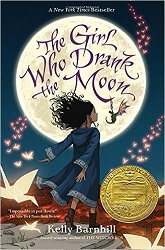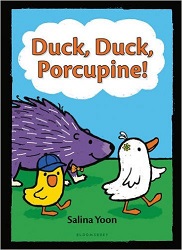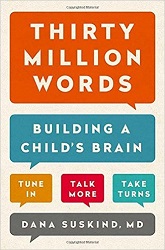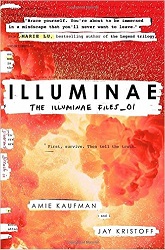Review of The Rooster Who Would Not Be Quiet, by Carmen Agra Deedy
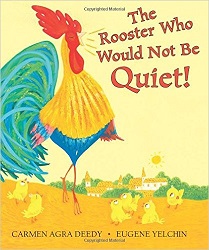 The Rooster Who Would Not Be Quiet!
The Rooster Who Would Not Be Quiet!
by Carmen Agra Deedy
illustrated by Eugene Yelchin
Scholastic Press, 2017. 48 pages.
Starred Review
Yes, I heard this book read by the author on Inauguration Day, 2017. Yes, this is a book with a message. Yes, I am a fan.
(And Carmen Agra Deedy had first regaled us with stories of her family. She is a magnificent storyteller!)
La Paz was a village “where streets rang with song from morning till night.”
You can hear the rhythm to Carmen Agra Deedy’s words with this early page:
Dogs bayed,
mothers crooned,
engines hummed,
fountains warbled,
and everybody sang in the shower.
But the village was a very noisy place, so the people elect a new mayor, who promises peace and quiet.
The new mayor’s rules start quite reasonable: “NO LOUD SINGING IN PUBLIC,” but they progress through NO LOUD SINGING AT HOME to NO SINGING to ¡BASTA! QUIET, ALREADY!
The village is now a very quiet place. Even the teakettles were afraid to whistle. But then a rooster wandered into the village with his family.
When the little rooster awoke the next morning, he did what roosters were born to do.
He sang:
Kee-kee-ree-KEE!
As his rotten luck would have it, the mango tree grew beneath the cranky mayor’s window.
Uh-oh.
A showdown proceeds between the rooster and the mayor. Here’s the first encounter:
“You, there!” groused Don Pepe. “No singing! It’s the law!”
“Well, that’s a silly law,” said the merry gallito. “Smell this sweet mango tree! How can I keep from singing?”
“Humph! Then I’ll chop down that stinky tree!” huffed Don Pepe. “Will you sing then?”
The plucky gallito shrugged. I may sing a less cheerful song. But I will sing.”
And he did.
As the encounters continue, the rooster sings a lonelier song, a hungrier song, and a darker song.
A crowd gathers for the final showdown, where the rooster says, “I sing for those who dare not sing – or have forgotten how. If I must sing for them as well, señor, how can I keep from singing?”
And when the mayor then threatens the rooster’s life, he proclaims:
“But a song is louder than one noisy little rooster and stronger than one bully of a mayor,” said the gallito. “And it will never die – so long as there is someone to sing it.”
And then the crowd joins in the little rooster’s song and causes the mayor to flee.
The Author’s Note at the back brings the point home. And though technically, that probably isn’t necessary, I so much love her way of putting it, and I feel the message is so timely, I’m going to copy it out here:
Roosters sing at sunrise; they also sing
at noon, sundown, and in the middle of the night.
Roosters sing when they please, and that’s all there is to that.Much like roosters, human children are born with voices
strong and true – and irrepressible.Then, bit by bit, most of us learn to temper our opinions,
censor our beliefs, and quiet our voices.But not all of us.
There are always those who resist being silenced,
who will crow out their truth,
without regard to consequence.Foolhardy or wise, they are the ones
who give us the courage to sing.
Thank you, Carmen Agra Deedy!
carmenagradeedy.com
eugeneyelchinbooks.com
scholastic.com
Find this review on Sonderbooks at: www.sonderbooks.com/Picture_Books/rooster_who_would_not_be_quiet.html
Disclosure: I am an Amazon Affiliate, and will earn a small percentage if you order a book on Amazon after clicking through from my site.
Source: This review is based on a library book from Fairfax County Public Library.
Disclaimer: I am a professional librarian, but I maintain my website and blogs on my own time. The views expressed are solely my own, and in no way represent the official views of my employer or of any committee or group of which I am part.
What did you think of this book?
